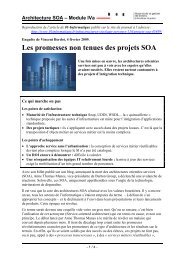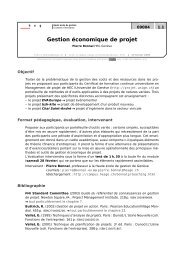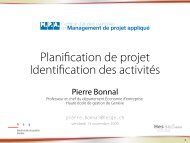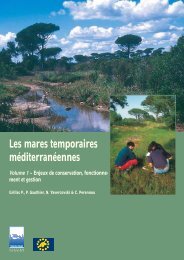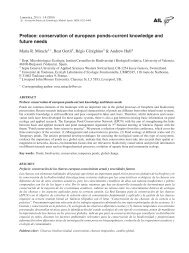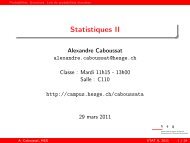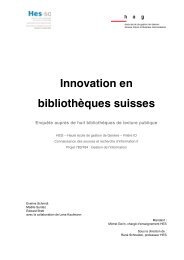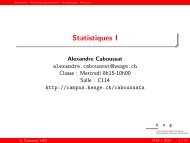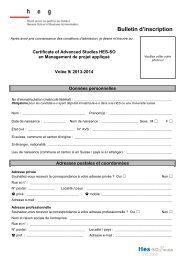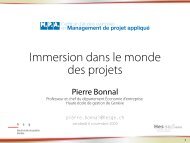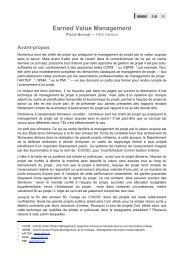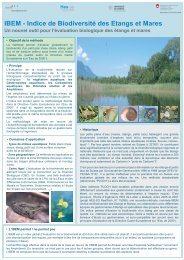see pdf document; 2 Mo
see pdf document; 2 Mo
see pdf document; 2 Mo
You also want an ePaper? Increase the reach of your titles
YUMPU automatically turns print PDFs into web optimized ePapers that Google loves.
ECOLOGICAL VALUE<br />
Despite the common history of the ponds, being created almost simultaneously, there is<br />
striking diversity in pond characteristics. Pond surface area and depth vary with the bomb<br />
size and overlapping craters. Crater depth is important in determining hydro-period - larger<br />
bombs created deeper craters, penetrating into the underlying clay - hence more permanent<br />
ponds. Smaller craters do not extend so far into the sub-soil and are more ephemeral in<br />
nature, so both permanent and temporary ponds were created.<br />
The combination of both types of ponds nestled in natural grassland provides ideal conditions<br />
for dragon- and damselflies. A partial inventory has already revealed 13 species, which<br />
included the rare and threatened Brown Emerald Damselfly and the Emperor Dragonfly. Also<br />
butterflies like the Common Blue, the Holly Blue, the Hedge Brown and the Small Skipper<br />
are omnipresent.<br />
Despite the fact that all ponds are located in the same meadow and have a similar age, there<br />
is still a wide variation in pH, conductivity, nutrient status, shading and litter input 11 . Field<br />
observations also indicate large dissimilarities in vegetation cover, with ponds displaying<br />
diverse and abundant submerged, floating, emergent and marginal vegetation in close<br />
proximity to sparsely vegetated ponds. In the entire area, more than 200 plant species are<br />
recorded (<strong>see</strong> appendix II). Some important species are: Broad-Leaved Pond Weed,<br />
Bladderwort, Water Starwort and Marsh St. Johns-wort. The marginal vegetation is mainly<br />
dominated by Soft Rush, but also Common Clubrush, Arrowhead and Unbranched Burr-reed<br />
occurred. The hedges, woody edges and forest in combination with the open grassland offer a<br />
suitable nesting and foraging place to a number of birds. Especially small songbirds, like the<br />
Meadow Pipit, Reed Bunting and the Nightingale occur in the site.<br />
© J. Mergeay<br />
© M. Bex<br />
-10-<br />
© T. De Bie



